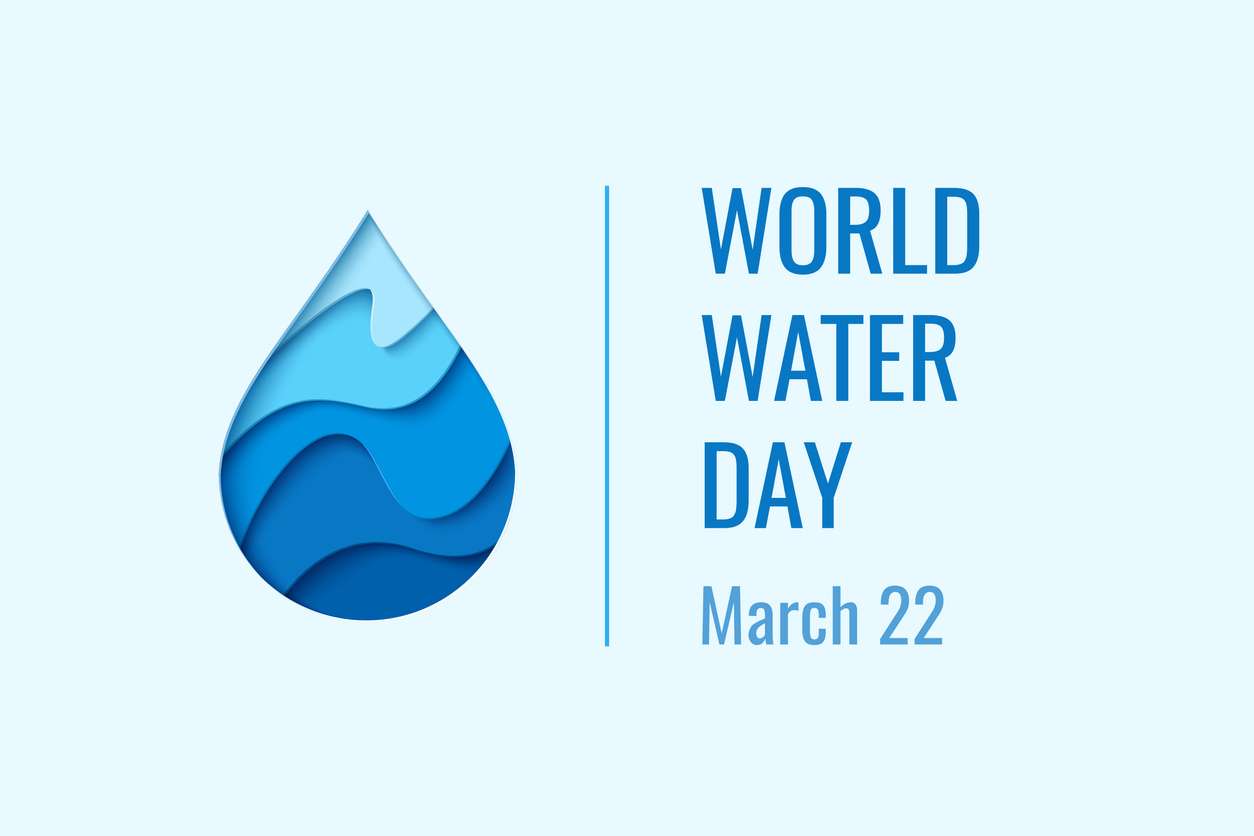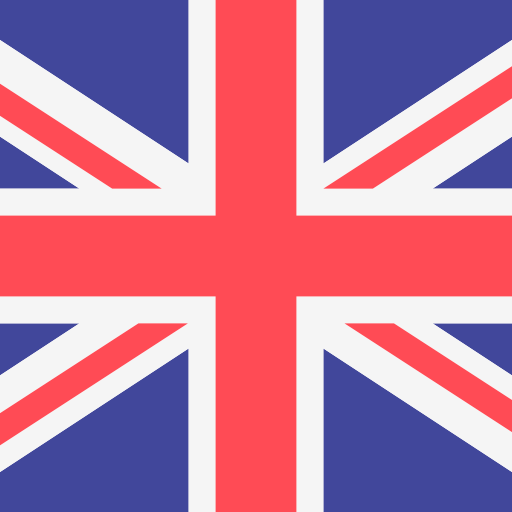
In 1993, the United Nations (UN) instituted the observance of the World Water Day each March 22. This day is the occasion to celebrate water and raise awareness of the scarcity of water. At Shayp, we celebrated water today and attempted to raise awareness in the streets of Brussels! This day was the occasion to test the knowledge of people about water and about the solutions available on the market to regulate water consumption. Shayp’s technology is now mainly used in buildings to make them more water efficient. Indeed, most people do not realize how much water is lost in buildings.
Shayp makes use of machine learning and real-time data to report if water is unnecessarily wasted in the event of leakages or system discrepancies in buildings. Thanks to this, we have saved 1.5 billion litres of water so far.
On a larger scale, World Water day aims to inspire action towards the sustainable development goal (SDG) of the UN 6: water and sanitation for all by 2030.
Climate change exacerbates water insecurity
The theme and the subsequent questions raised by the 2022 World Water Day echo the latest IPPC report that identifies water shortages as one of the major risks related to climate change. Climate change enhances droughts, floods, extreme weather events, depletion of groundwater and deterioration of water quality. All these water related risks of climate change will have negative consequences on agriculture, energy production, water infrastructure, but also on economic productivity or human health and overall on human well-being.
Earth Life Earth Life Support System: Groundwater
This year’s water campaign aims to highlight that the exploration, the protection and the sustainable use of groundwater will be central to the survival and adaptation to climate change and to meet the needs of our growing population. Indeed, with a constantly growing population and new global consumption patterns, the demand for groundwater keeps increasing. Groundwater is important as the regulator of water extremes, such as flood and drought. To protect the world’s most abundant freshwater resource can save lives and ecosystems, improve health, reduce hunger and tackle climate change all at once. Groundwater functions as the Stockholm International Water defines it as “a giant sponge that can absorb surplus water and mitigate shortages, making it a vital component in adapting to climate variability”. Groundwater makes up 99% of all freshwater that is not frozen. It provides nearly half of the world’s population with drinking water and contributes to about half of the global food production. Ground water is the only source of freshwater for about 2.5 billion people in the world.
Groundwater functions as the Stockholm International Water defines it as “a giant sponge that can absorb surplus water and mitigate shortages, making it a vital component in adapting to climate variability”. Groundwater makes up 99% of all freshwater that is not frozen. It provides nearly half of the world’s population with drinking water and contributes to about half of the global food production. Groundwater is the only source of freshwater for about 2.5 billion people in the world.
The UN states for the occasion: “Groundwater is invisible, but its impact is visible everywhere. Out of sight, under our feet, groundwater is a hidden treasure that enriches our lives. Almost all the liquid freshwater in the world is groundwater. As climate change gets worse, groundwater will become more and more critical. We need to work together to sustainably manage this precious resource. Groundwater may be out of sight, but it must not be out of mind” .
Support System: Groundwater
This year’s water campaign aims to highlight that the exploration, the protection and the sustainable use of groundwater will be central to the survival and adaptation to climate change and to meet the needs of our growing population. Indeed, with a constantly growing population and new global consumption patterns, the demand for groundwater keeps increasing. Groundwater is important as the regulator of water extremes, such as flood and drought. To protect the world’s most abundant freshwater resource can save lives and ecosystems, improve health, reduce hunger and tackle climate change all at once. Groundwater functions as the Stockholm International Water defines it as “a giant sponge that can absorb surplus water and mitigate shortages, making it a vital component in adapting to climate variability”. Groundwater makes up 99% of all freshwater that is not frozen. It provides nearly half of the world’s population with drinking water and contributes to about half of the global food production. Ground water is the only source of freshwater for about 2.5 billion people in the world.
Groundwater functions as the Stockholm International Water defines it as “a giant sponge that can absorb surplus water and mitigate shortages, making it a vital component in adapting to climate variability”. Groundwater makes up 99% of all freshwater that is not frozen. It provides nearly half of the world’s population with drinking water and contributes to about half of the global food production. Groundwater is the only source of freshwater for about 2.5 billion people in the world.
The UN states for the occasion: “Groundwater is invisible, but its impact is visible everywhere. Out of sight, under our feet, groundwater is a hidden treasure that enriches our lives. Almost all of the liquid freshwater in the world is groundwater. As climate change gets worse, groundwater will become more and more critical. We need to work together to sustainably manage this precious resource. Groundwater may be out of sight, but it must not be out of mind” .
Water and sanitation for all
This all brings us back to the UN SDG 6: water and sanitation for all by 2030.
- 2.3 billion people live in water-stressed countries (2018)
- Billions of people still lack access to safe drinking water sanitation and hygiene in 2020:
- 2 billion people lack safely managed drinking water
- 3.6 billion people lack safely managed sanitation
- 2.3 billion people lack basic hygiene
- 129 countries are not on track to have sustainably managed resources by 2030: the current rate of progress needs to double.
Water is central to everyone’s health, well-being and livelihood. Once again, the major focus should be now to adapt to climate change and immediately work to the attenuation of its effects. The longer the wait, the higher will be the adaptation cost and mostly the smaller the window of opportunity to improve the situation.


